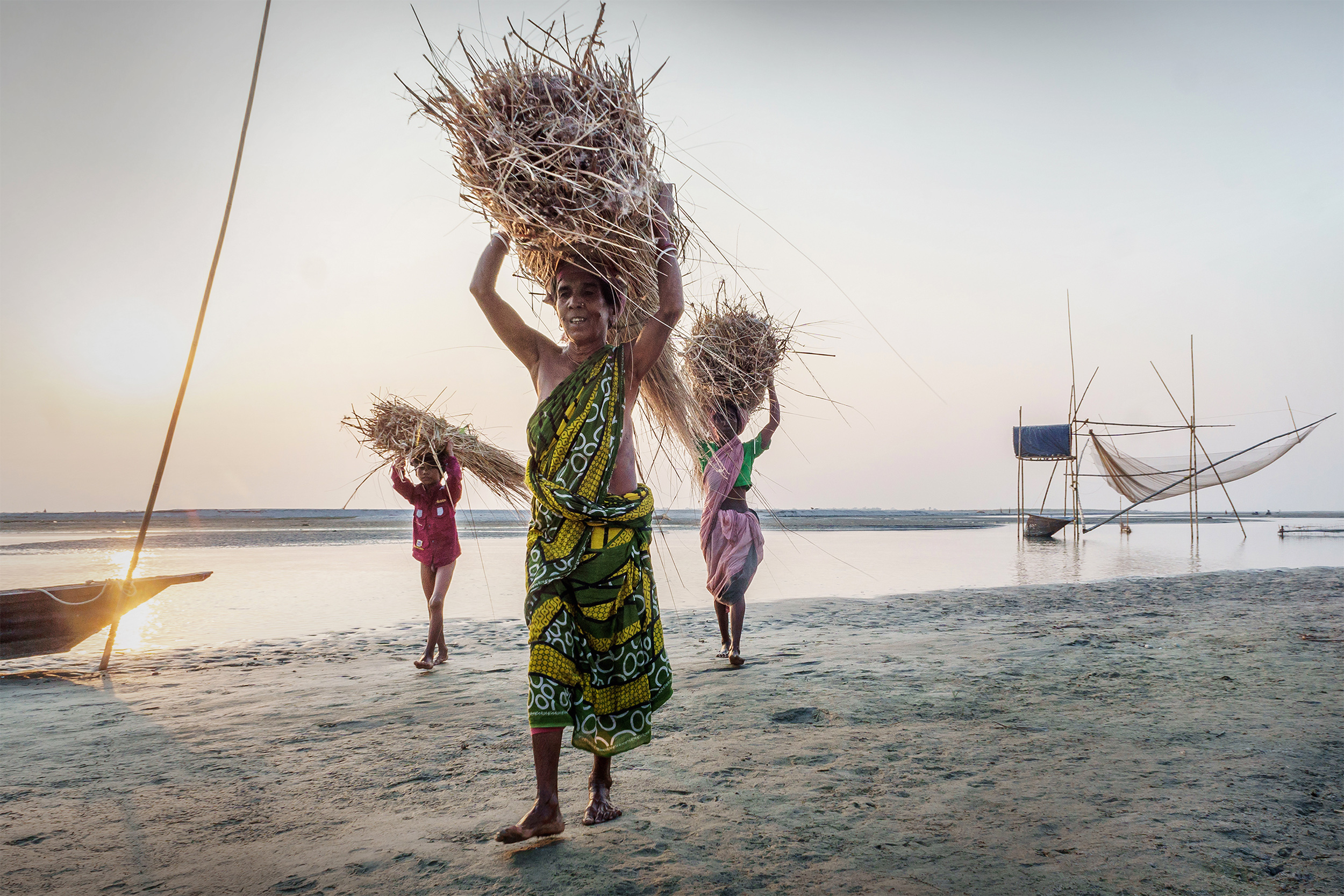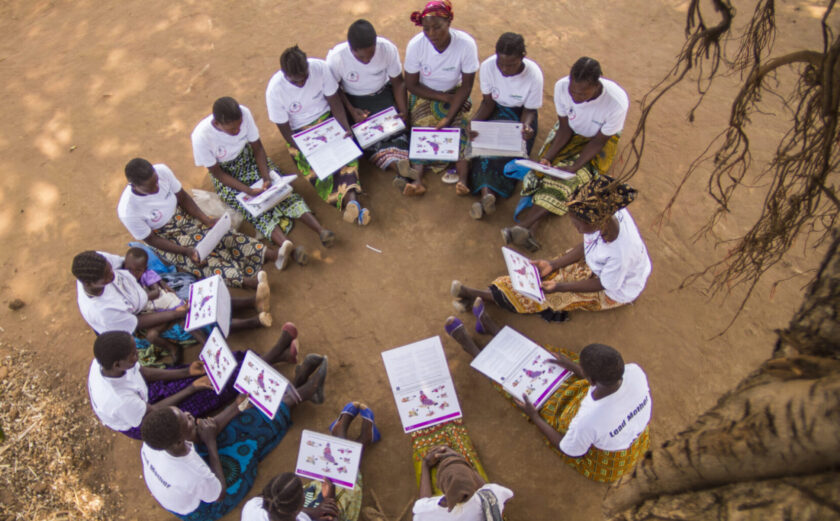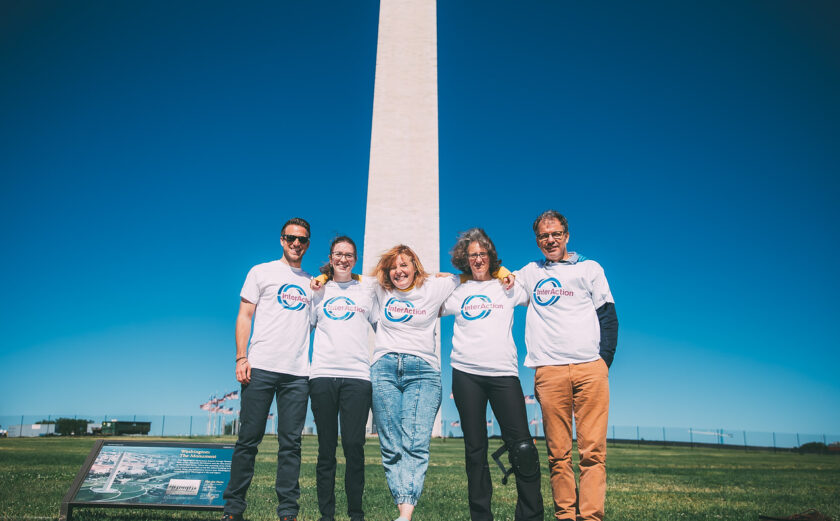
Exploring Feminist Leadership in the NGO Sector
A Journey into the Transformative Power of the Collective
Eleven months ago, I started thinking about what I could do as an InterAction Fellow to push the conversation on feminist leadership forward in our sector.
As the Executive Director of Women Thrive Alliance, a former InterAction member and a proud feminist organization, I had tackled the issue of feminist leadership straight on. It was a constant effort to mainstream feminist values, governance mechanisms, and principles in the day-to-day management of a small organization, but we – the team – had done it.
In July 2018, when it was time to close the organization we all loved so dearly, we leveraged feminist values and leadership to do it right. Strong of that experience, I felt well equipped to support others in the process of talking about – and hopefully embracing – concrete feminist leadership models within their organizations and teams.
In the fall of 2018, with my InterAction Fellow hat on, I met with numerous development professionals and hosted group conversations with several InterAction member organizations. I wanted to hear firsthand what my fellow professionals felt about this topic. I wanted to create spaces where people could talk about the contradictions and struggles around feminist leadership, in institutions that combined both incredible potentials to be feminist organizations but also archaic patriarchal models of management and institutional decision-making.
And so, we did.
Those conversations revealed that a huge majority of us who felt deeply committed to feminist values in our personal lives felt ill-equipped to productively bring those into institutions that resisted change in so many ways. I spoke with program managers who told me they felt hypocritical managing gender equality programs when their organization didn’t even offer paternity leave.
I talked to HR officers who feared the next hiring cycle because they knew they didn’t have serious diversity and inclusion strategies in place to ensure opportunities for folks from different backgrounds. I talked to leaders who shared how they wanted to make their organizations feminist but didn’t know where to start. Overall, there was a hunger for tools and examples of what should, and can, be done.
Repeatedly, I heard the same question: “What does feminist leadership even look like?” I decided to spend my time showing our sector just that: what feminist leadership should, can, and does look like.
In January 2019, “This Is What Feminist Leadership Looks Like” was created– it is now called the Feminist Leadership Project. The idea was to portray incredible feminist leaders in our sector who are walking the talk every single day. To hear how they do it, why it’s important to them, what they have learned from it, and what challenges they’ve faced. Articulating what can be done and sharing those inspiring experiences was an impactful first step into feminist leadership in our sector.
The project also enabled me to narrow the conversation. Our sector has tackled the #metoo and #aidtoo moment in different ways: from our collective efforts to looking at safeguarding, to initiatives like the WILD network, we are putting more resources behind some incredibly important issues that are very much linked to gender equality.
But we’re also shying away from some of the crucial conversations we need to have as a sector around issues that only feminist leadership can truly encourage: white feminism in our sector, racism and post-colonialism in our sector, sexism and misogyny in our sector, concepts like institutional betrayal, and so on. The goal of the Feminist Leadership Project was to create a community of leaders who would not shy away from addressing these topics, sharing their experiences, and working together to develop alternatives at the institutional level.
Rapidly, I started building partnerships with those who are also trying to bring some of these issues into the collective awareness of our sector. Because unlike what many people think or fail to acknowledge, there are some strong voices out there leading the way to our feminist futures. For example, the project couldn’t have seen the day without the counsel of Zakiyah Carr Johnson, the founder of Black Women Disrupt. I was also hugely inspired by the works of Stephanie Kimou and PopWorks Africa, as well as others.
In the end, I wanted the project to be a platform that reflected the advocacy and hard work others have been doing on a day to day basis to truly transform our sector. The women and men portrayed on feministleadership.org can all be considered role models in this space. Our goal by December 2019 is to have profiled 100 feminist leaders from the development sector.
The project also found a new home in Fair Share of Women Leaders, an incredible organization focused on monitoring the share of women leaders in our sector, and holding INGOs accountable to their results. In the fall, the Feminist Leadership Project will be completely integrated into FairShare that will become one strong engine capable of leading the sector through a process of redefining why – and how – it should invest in women leaders (and not just white women leaders).
As I write this final fellowship blog, we are about to announce the creation of a feminist governance mechanism that will lead the strategy of this new organization. It’s exciting work, but also difficult work, that lies ahead.
Do I think that our sector will ever be truly feminist?
Probably not.
It is after all the mere reflection of the world we live in. But I do believe that institutions and leaders from all levels can learn to better leverage the tools, strategies, and principles that are behind feminist leadership. That we can create safe spaces where we can discuss the uncomfortable and decide on collective action to disrupt the status quo.
And after eleven months of fellowship, I still can’t say I have a perfect answer to the question “what does feminist leadership look like.” But at least I know for sure that our sector is equipped with those who can bring those answers into the collective, and truly change our institutions for the better.







